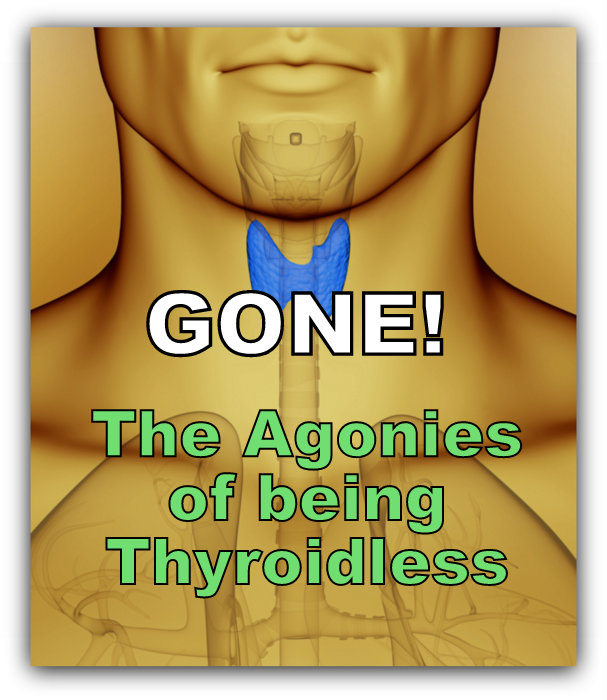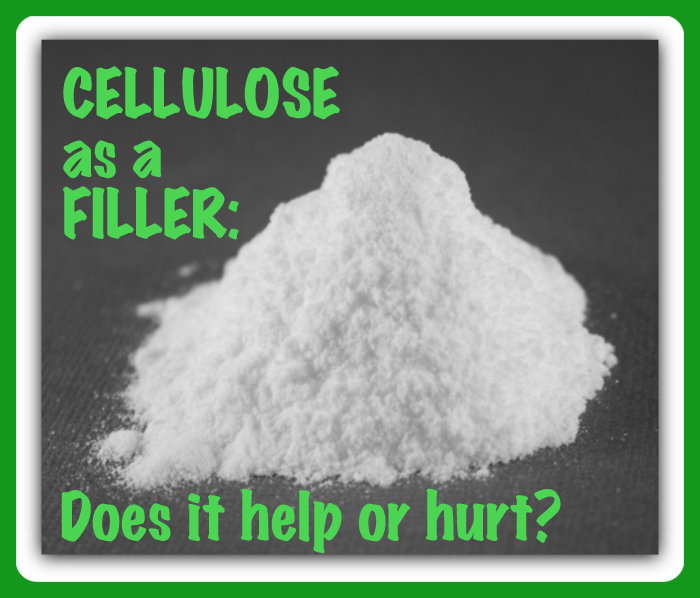Here’s the skinny about the “new” Naturethroid: the good, the bad, and the curious
(A lot has gone on since this post below was first put up in 2010. So after reading the below, see what happened in 2017 here.)
As the one grain tabs of Naturethroid desiccated thyroid by RLC Labs are hitting pharmacy shelves again all across the nation here and there after the recent shortages and the sad reformulation of Armour, and patients are starting to use the new Naturethroid, we are gathering some good information, both anecdotal and factual:
- The typical smell of desiccated porcine is less intense with the new tablets. We have no idea why.
- The tablets are now stamped with RLC on one side, and N over 1 on the other, whereas before you’d see just NT1 or a reference to the fact that Time Caps Labs (TCL) used to make Naturethroid for RLC Labs
- The package insert is no longer inside the bottle but stuck on top of the cap
- Lot number info used to be on the edge of the label running vertically, whereas now, it runs along the bottom of the label under the ingredients.
One grain is still 65 mg, with the T3 content being at 9 mcg and the T4 content being at 38 mcg. The T2, T1 and calcitonin still unmeasured.
There are filler/inactive ingredients which have changed:
- Calcium filler has moved up from 16 mg to 17 mg (calcium binds thyroid, but you just take more. Don’t swallow it with milk, please.)
- The old contained Magnesium, Potassium, and Sodium (each at less than 1 mg), whereas in the new, potassium is now removed
- And here’s the best part: the old NT had Hydropropyl Methylcellulose–that’s the larger size cellulose structure which we know binds some of the thyroid hormones. Now, the new NT has Microcrystaline Cellulose, the smaller size. (Too bad we can’t see all cellulose removed!)
Below are the new NT fillers, which are identical to the old except for the cellulose change:
Carnaba Wax, Colloidal Silicon Dioxide, Dicalcium Phosphate, Hypromellose, Lactose Monohydrate, Magnesium Stearate, Microcrystaline Cellulose, Polyethylene Glycol (PEG)-400, Sodium Starch Glycolate, Stearic Acid.
Most all the above comes courtesy of Stephanie Buist, owner of the Iodine group on Yahoo and thyroid and adrenal patient and advocate. Thank you, Steph! You can read about the fillers here by scrolling down.
Oh and by the way, the new tablets are now scored. A helpful addition!
In patient groups, we are seeing a variety of experiences with the new Naturethroid. Most folks seem happy with it so far, and even some report it seems a tad stronger than the old (the cellulose change may have caused that). Occasionally, someone will report problems, but they appear to be from underdosing or a potential RT3 problem which has arisen and needs treatment with T3-only. Changing brands can also bring different reactions, so you have to wiggle the dosage around sometimes to find your sweet spot once again.
All in all, it looks good.
P.S. If you are reading this via the Newsletter Notification, just click on the above link to put yourself right on the actual blog post if you want to comment. Let’s gather all our experiences with the new Naturethroid.
********************************************
If you missed the last internet radio Thyroid Patient Community Call with Dr. Kent Holtorf, you missed a VERY good one. Thank you Dr. Holtorf for excellent information. But good news! All the shows are recorded. Just go to the following link, scroll down, and you can click on any past interviews, including two with Dr. John C. Lowe and a great one with Endocrinologist Dr Pepper–one of a rare breed of open-minded Endos. (I’ve also stopped doing my long intro’s about me in the last two, figuring if someone wants to know, they can go to the About Me page, or read the Introduction in the book which has even more detail. lol.)
http://www.talkshoe.com/talkshoe/web/talkCast.jsp?masterId=62603&cmd=tc





 On the heels of an excellent Thyroid Patient STTM Community Call on iodine with guest Stephanie Buist (see below), it was just announced by the
On the heels of an excellent Thyroid Patient STTM Community Call on iodine with guest Stephanie Buist (see below), it was just announced by the  I confess that I hated my Chemistry class in high school, even if Mr. Bowen tried to make it interesting and favored the girls over the boys in class. But lo and behold, one of those elements on the Periodic Table ended up having a significant role in all or our lives as thyroid patients: iodine.
I confess that I hated my Chemistry class in high school, even if Mr. Bowen tried to make it interesting and favored the girls over the boys in class. But lo and behold, one of those elements on the Periodic Table ended up having a significant role in all or our lives as thyroid patients: iodine. Sheila Turner of TPA-UK (Thyroid Patient Advocacy-UK
Sheila Turner of TPA-UKÂ (Thyroid Patient Advocacy-UK